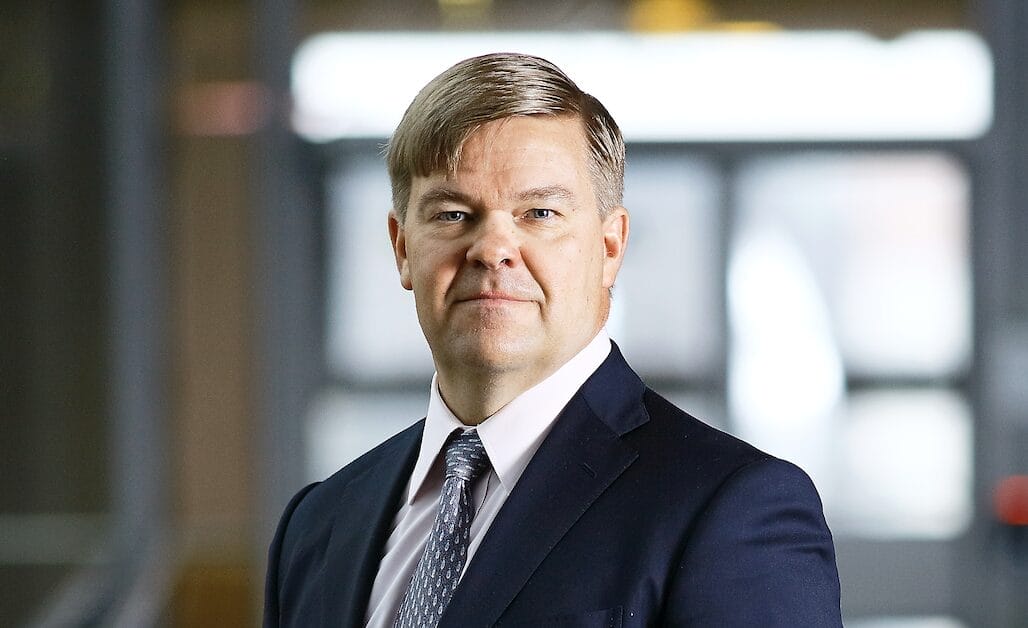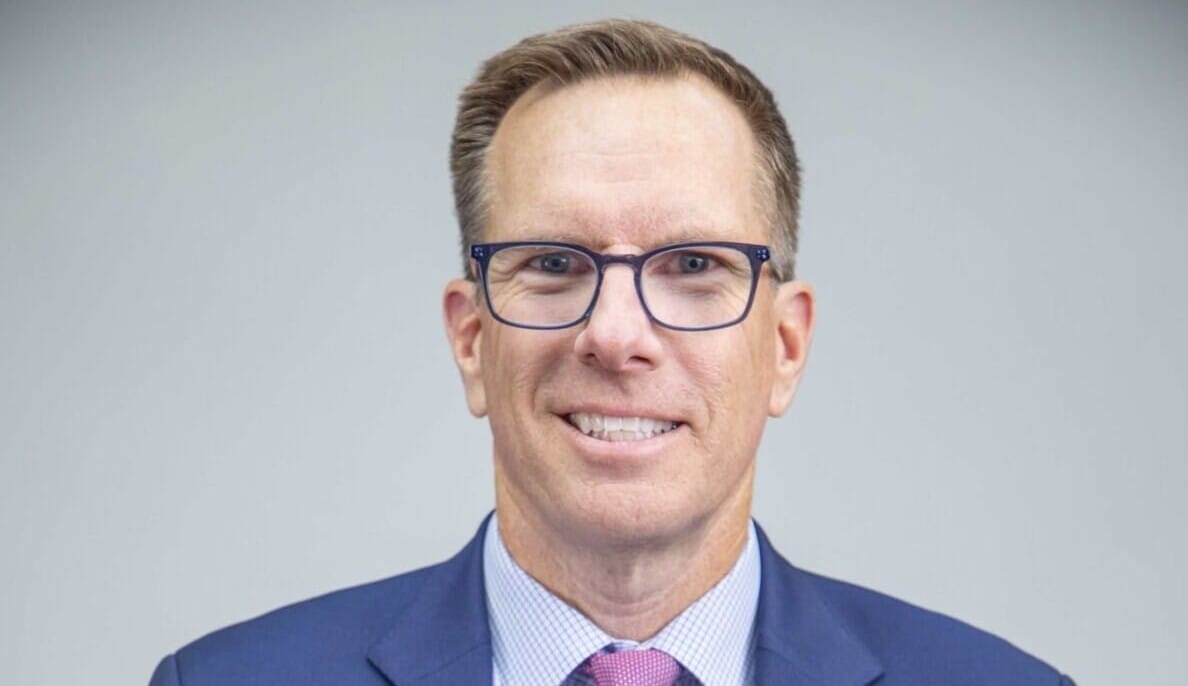Ilmarinen, Finland’s €63 billion ($73 billion) pension insurer, is laying the ground to increase its equity allocation by as much as 15 per cent in a jump which could see public and private equity, as well as other assets with a higher expected return, ultimately account for up to 65 per cent of the organisation’s total assets under management.
In an interview from Ilmarinen’s Helsinki offices, chief invetment officer Mikko Mursula says the team is busy scenario testing and running simulations, working towards an anticipated two-year deadline to increase risk and with it, long-term returns.
The new strategy is the consequence of pension reform decreed by the Finnish government which is acting on the wishes of labour unions, the owners of Finland’s private sector pension system that includes investors like Varma and Elo.
“The reform improves private-sector pension providers like Ilmarinen’s opportunity to pursue better long-term returns on pension assets by carrying higher risk in investment portfolios,” explains Mursula, who will become president and chief executive of the organisation this summer.
“The unions are the ones who have negotiated the changes – we are just the executor. Our task is to invest pension assets safely and to reach high enough returns within the solvency capital framework.”
To enable Finnish investors to reach the new risk targets, the government is changing the solvency capital framework under which companies like Ilmarinen operate. That framework is specific to Finland, and differs from the EU’s stipulation on how much insurance and reinsurance firms must hold to cover potential losses.
Historically, equity is Ilmarinen’s strongest performing asset class and Mursula believes that with a long enough horizon, the increased allocation will bring the higher returns stakeholders seek.
But that is not to say the new asset allocation won’t come without side effects, like a spike in volatility which he warns will show up in choppy annual returns. Witness 2022 when Ilmarinen’s equity investments lost 10.2 per cent versus a 28 per cent gain a year earlier in 2021.
“The volatility of our annual returns will be higher, and it is very important to keep this in mind,” he says.
Another open question hangs over how to allocate the remaining 35 per cent or so of the portfolio to ensure these investments don’t have too much correlation with listed equity.
“We have to harvest correlation advantages with a much smaller portfolio than we’ve done before and we don’t know yet what it will mean,” he says.
Hedge funds hit by macro winds
As the team lays the ground for the new allocation to risk assets, one diversifying portfolio could become more important. In recent years, Ilmarinen has developed an 8-9 per cent multi-strategy, strategic allocation to hedge funds. Wholly outsourced to external managers, it specifically targets correlation advantages.
The recently volatile market has provided a good operating environment for active investors, but Mursula reflects that one of the most challenging strategies in the current climate is macro which has thrown off a disparity between managers and frequent “surprises” because of the impact of tariffs.
“Within macro there are good performers but also bad performers,” he says. “The problem is, we don’t know how tariff policy will play out from one month to the next. If you make a call and take tactical bets, you may be right or wrong. Nobody knows because the information changes all the time.”
The hedge fund allocation is not part of the tactical asset allocation. But like other investors, in today’s investment climate, Ilmarinen has been more active from a tactical perspective across equity, fixed income and FX.
The team always keep the strategic asset allocation – and the fact they are managing money with long-term liabilities – front of mind, but he says in “this kind of environment”, it makes sense to do “a bit more tactically”.
Ilmarinen’s in-house portfolio managers also sit in the asset allocation team, and it falls on them to oversee tactical asset management too. They have been allocated a risk budget within which they can make tactical calls, mostly using derivatives rather than cash.
In FX, recent strategies have included short dollar/long euro positions and long Swiss franc/short dollar, while in equities and fixed income, they are altering exposure across specific stocks, regions and at a country level.
He notes that investors have grown more sceptical of the US in light of the policy backdrop, which has put pressure on the dollar.
“This is the reason investors outside the US are short US dollars – it wasn’t the case last year or the year before.”
However, he clarifies that any strategy to short the US dollar does not refer to how Ilmarinen is in absolute terms.
“I am referring to our position relative to our benchmark,” he explains. “In the benchmark, we are always long the US dollar. We have got over 30 per cent of our allocation to US dollar assets so ‘going short’ is always relative to benchmark.”
New opportunities in defence
Elsewhere, Mursula reflects that new opportunities in defence will open up following NATO leaders agreeing to increase defence spending to 5 per cent of their countries’ economic output by 2035.
Ilmarinen changed its ESG guidelines in 2024 to open the door to investing more in defence.
However, building up the allocation since then has been difficult because opportunities are thin on the ground. There is a limited universe of public companies in listed markets in Finland, the Nordics or Europe, and the money chasing the sector means many of these companies are valued too highly to make compelling investments. Nor do private markets offer many opportunities, given many of these companies are state-owned.
“NATO’s budget for defence is about to go higher. It means companies need to fulfil demand so we may see investment in defence really start to happen,” he says.
Ilmarinen invests around 20 per cent of its assets in Finland. Of this, around 55 per cent of the global equity allocation is in Finland, but he notes this has fallen compared to what it used to be because of changes to the asset allocation and the declining performance of listed Finnish stocks.
Moreover, he says that many listed Finnish companies derive the vast majority of their annual turnover from overseas. “The business risk is not Finnish-centric,” he concludes.


